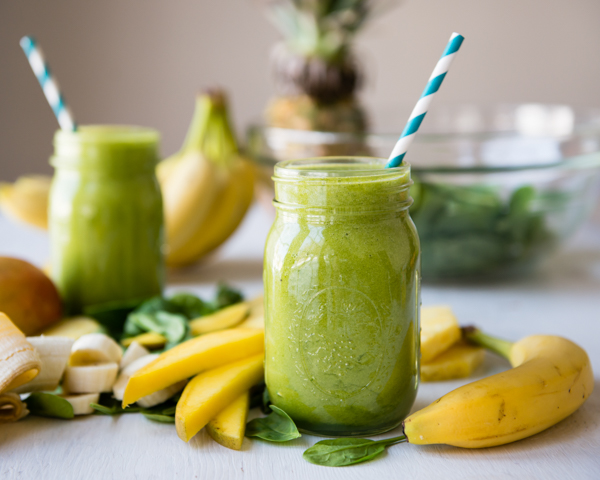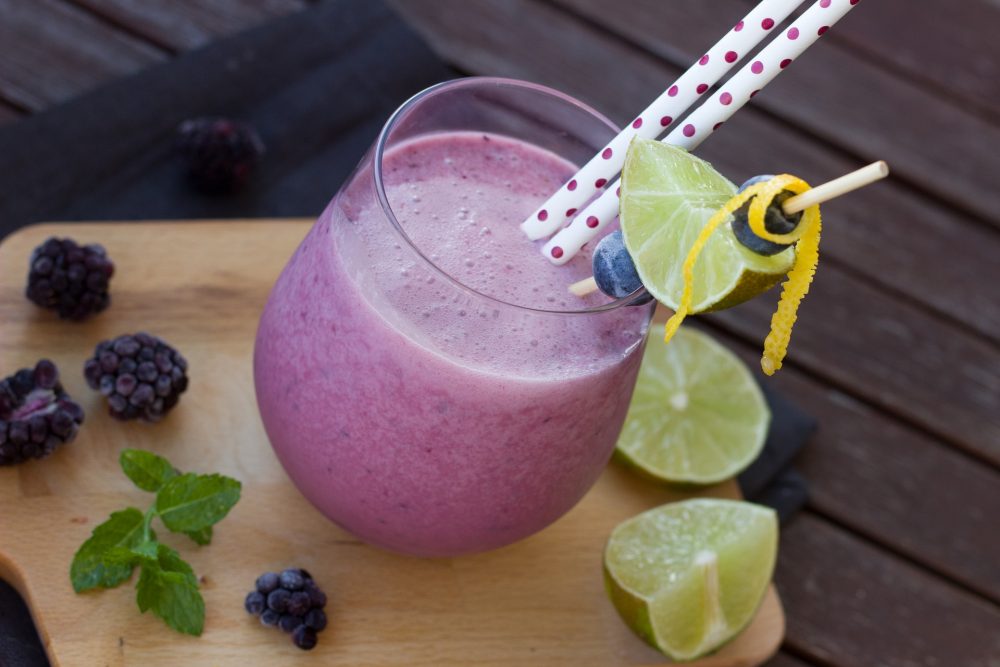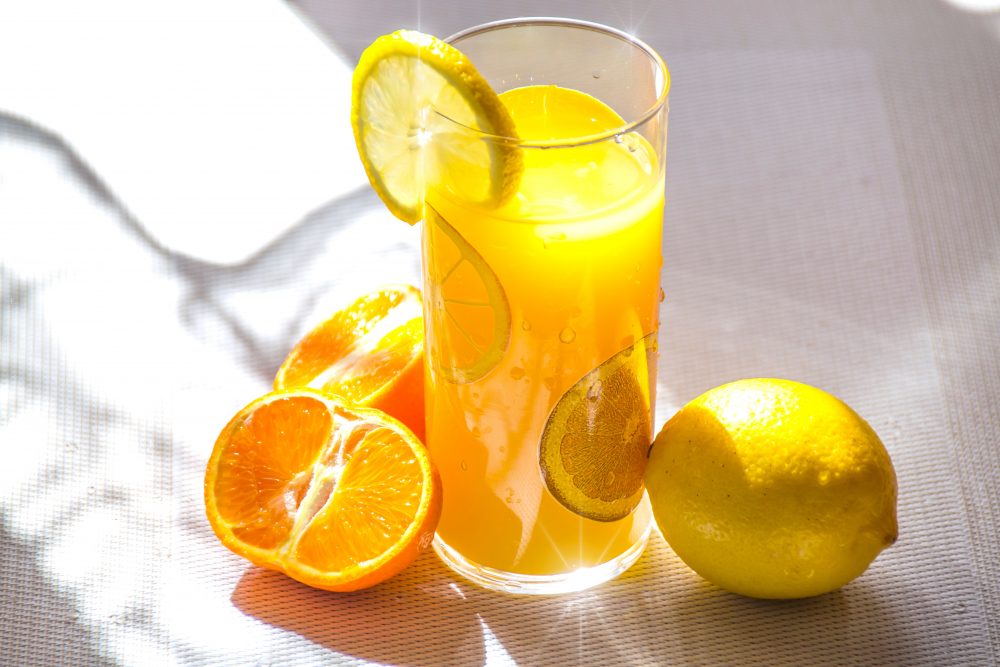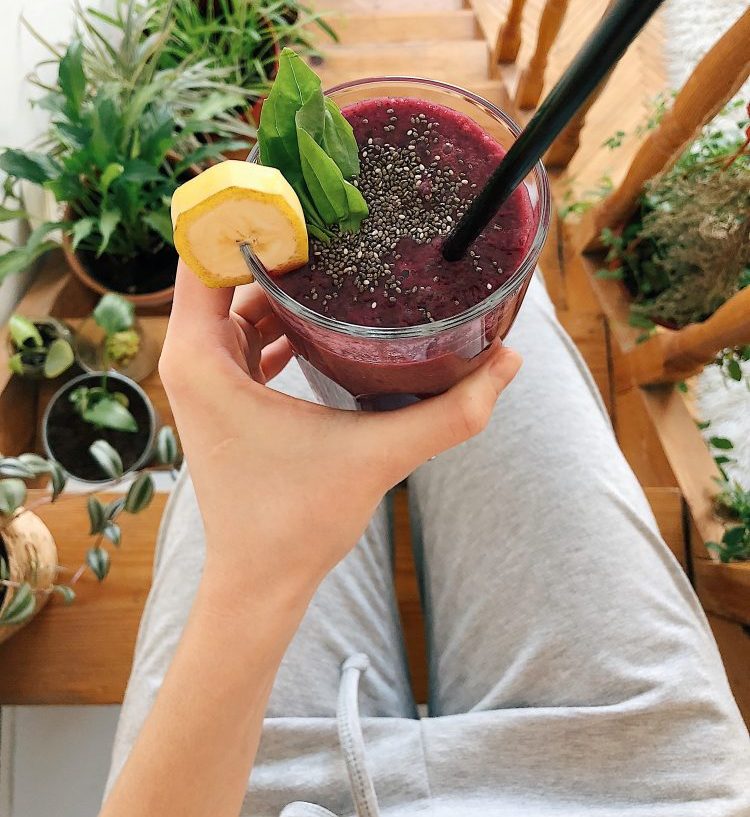Our wellness industry is flooded with oceans of information on how healthy smoothies and juices are and how consuming them we absorb a rich mix of vitamins, fiber and other nutrients. However, the truth is that the difference between the poison and the cure is in the amount.
I was doing my master’s degree in Amsterdam when my sun-loving nature was completely swept away by a nightfall at 4pm; weather that changes more dynamically and than the mood of a woman in menopause and winds stronger than a typhoon. As a result, I fell into one of those dark periods that psychologists call depression. I called it “hungry for everything I saw when I saw it” period. I became a sophisticated lover of all kinds of unhealthy treats, consumed the amount of food a middle-sized Chinese school would, and in general my life revolved around and in the fridge. The consequences for me were two – the indescribable pleasure of everything to eat and the inability to fit into my favorite size S jeans.
It was about time to make an extreme change and hence I started exercising regularly and eating healthy food only. This is how I found my love for yoga and pilates. What I am going to talk about now are the smoothies and juices, as part of the healthy lifestyle, as a form of filling our body with tone, vitamins and fiber.
JUICES VS. SMOOTHIES
Juices
The juice we make at home or buy quickly from Costa Cafe, for example, is essentially freshly squeezed juice, completely devoid of fruit / vegetable pulp. It has a light watery texture and can hardly saturate us for long.
Smoothie
Smoothie uses the whole fruit / vegetable, which garnishes our overall consumption experience with a wealth of fiber, fat, protein, pectin and other nutrients hidden in the seeds and peel. This makes its taste thicker and the absorption of nutrients more complete.
One of the main advantages of the smoothie over juices is that our body consumes more energy for its processing, saturates us, and is in its absolute capacity to replace our morning breakfast. This is how we can get the energy we need to start the day well-toned. It is important to note that in the preparation of smoothies we can also rely on fruits and vegetables such as avocado, banana, green leaves and frozen fruits that we could not otherwise use for the preparation of a juice.
SMOOTHIE AND JUICE VS. REGULAR MEAL
Chewing
Under no circumstances should a smoothie/juice be used as a substitute for a regular meal. The reason being that chewing, which does not occur in neither of both, helps to build a sense of satiety. In addition, studies show that eating slow and chewing food well leads to a decrease in calorie intake as we need less food to feel full.
Digestion
Furthermore, when we chew our food, we form saliva that contains many enzymes needed to break down carbohydrates in the mouth. The more we chew our food, the more time we give our body to release the necessary enzymes and facilitate digestion. When consuming exclusively liquid food, it is possible to cause digestive disorders, as the body breaks the habit of digesting.
Calories
Most fruits are a rich source of fructose, in addition to all other nutrients that can be beneficial, which can have an adverse effect on our blood sugar levels. Because the ingredients of the smoothie are well blended and practically cannot be found at all in a juice, we may experience hunger for a shorter time, even though we have already ingested whole-meal calories in an effort to make a nutrient-rich smoothie. Therefore, it is important to consume mostly solid food and to consume smoothies and juices as a snack.
RECOMMENDATIONS
How can we consume liquid foods that enhance our body’s needs for tone, vitamins and fiber without harming our bodies?
#1
Smoothies are the healthier option over juices because they retain all the nutrients of the fruits and vegetables used.
#2
Smoothie consumption should not exceed 150ml per day.
#3
A smoothie may be a variety to daily meals, but not a substitute for them. For example, with four meals a day, we can safely consume one smoothie.
#4
A good ratio of fruits and vegetables in a smoothie is approximately 70:30 in favor of vegetables, and if the main goal is weight loss then 90:10 in favor of vegetables.
#5
A smoothie should be consumed immediately after blending, especially if it contains citrus fruits and other vitamin C-rich ingredients.
HEALTHY SMOOTHIE RECIPE

- 250 ml. almond milk or coconut water (it is important to be plain natural, not sweetened)
- 1ts ground flaxseed
- 1ts of maca powder
- 1 pinch of cinnamon
- 1 small banana
- a handful of spinach or kale
- 1-2 dates
- 1ts almond butter
ХХХ
The Mermaid
Sources:
Ana M. Andrade, MS, Geoffrey W. Greene, PhD, RD, Kathleen J. Melanson, PhD, RD (2008) Eating slowly led to decreases in energy intake within meals in healthy women. Journal of the Academy of Nutrition and Dietetics, Volume 108, Issue 7, pages 1186–1191.
Crapo PA, Henry RR. (1988). Postprandial metabolic responses to the influence of food form. The American Journal of Clinical Nutrition, Volume 48, Issue 3, pages 560-4.








